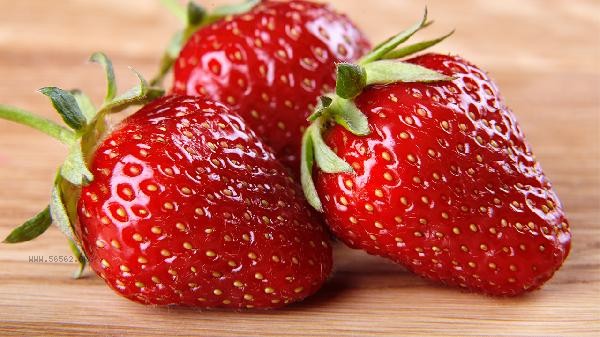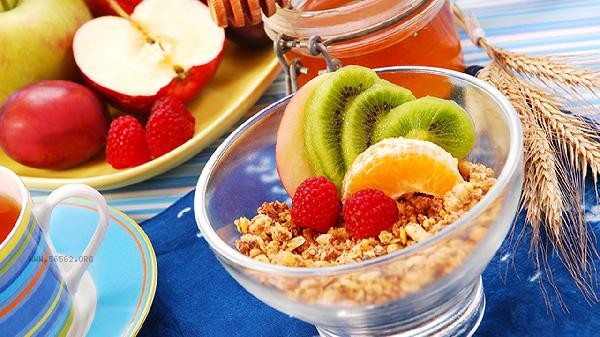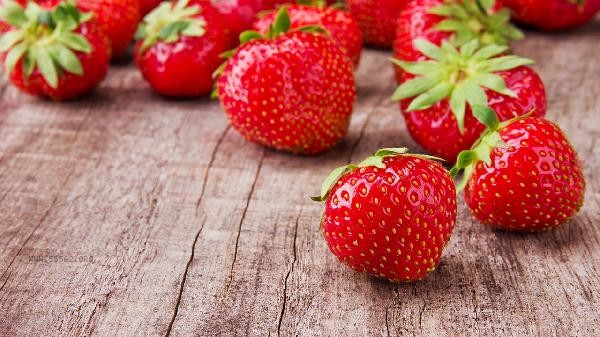After the first harvest of strawberries, the old leaves should be trimmed in a timely manner, fertilized and nourished, water control and root promotion should be carried out, pests and diseases should be prevented and treated, and the creeping stems should be sorted to prepare for the next harvest.

1. Trim old leaves
After picking the fruit, it is necessary to cut off the yellowed, diseased, or overly dense old leaves at the bottom of the plant, and retain 5-6 healthy new leaves. Pruning can reduce nutrient consumption, improve ventilation and light transmission conditions, and avoid diseases caused by the decay of old leaves. Pay attention to using disinfectant scissors, with the cutting edge at least 1 centimeter away from the base of the petiole to prevent damage to the growth point.
2. After fertilization and supplementation [SEP], the nutrient consumption of the plant is high, and balanced water-soluble fertilizer or decomposed organic fertilizer needs to be supplemented. It is recommended to use a compound fertilizer with a nitrogen phosphorus potassium ratio of 15-15-15, which should be applied with water every 10-15 days to promote new leaf growth and flower bud differentiation. Foliar application of potassium dihydrogen phosphate solution can enhance plant stress resistance.
3. Control water to promote roots
Reduce the amount of watering appropriately 3-5 days after fruit picking, maintain a slightly dry soil state, and stimulate root growth downwards. After the new leaves are unfolded, restore moist management and use drip irrigation to avoid water accumulation on the leaf area. It is advisable to hold the soil in a lump and disperse it when it falls to the ground, as excessive moisture can easily lead to root rot.
4. Prevention and control of pests and diseases

focuses on preventing gray mold, powdery mildew, and red spider mites. Timely clean up diseased leaves, spray Bacillus subtilis preparations to prevent fungal diseases, and hang yellow sticky insect boards to monitor aphids. The discovery of pests can be controlled by using biphenyl hydrazine ester suspension agent, and azoxystrobin fungicides can be used in the early stages of the disease.
5. Organize creeping stems
Keep strong creeping stems to cultivate new seedlings, select 2-3 from each plant, and fix them in the seedling bowl with U-shaped iron wire. The remaining creeping stems should be removed in a timely manner to avoid nutrient dispersion. When the new seedlings grow to three true leaves, they should be separated from the mother plant. Before transplanting, dip the roots in a solution of oxytetracycline to prevent soil borne diseases.
Post harvest management of strawberries should pay attention to nutritional balance, and avoid applying high nitrogen fertilizers within one month after harvesting to prevent excessive growth. Maintaining a temperature difference of 8-10 degrees Celsius between day and night is beneficial for flower bud differentiation, and nighttime temperatures should not exceed 15 degrees Celsius. Regularly loosening the soil improves soil permeability, and covering it with black plastic film can suppress weeds and maintain soil temperature. If the plant shows continuous wilting or leaf deformities, the soil EC value should be detected in a timely manner to adjust the fertilizer and water plan. For potted strawberries, it is recommended to replace the surface soil. For ground grown plants, 200 kilograms of decomposed sheep manure can be applied per acre in combination with tillage. Through scientific management, the second crop of fruits can mature after 40-50 days, and the yield can reach about 70% of the first crop.









Comments (0)
Leave a Comment
No comments yet
Be the first to share your thoughts!